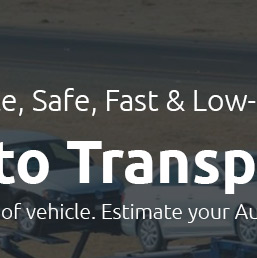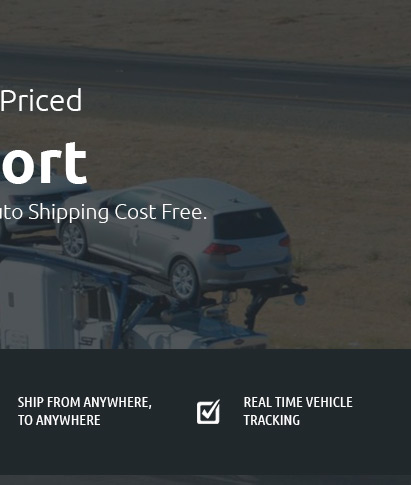 |
|
||||
 |
 |
 |
 |
||
 |
 |
|||||
 |
 |
 |
 |
 |
 |
 |
||
 |
 |
 |
 |
 |
 |
 |
 |
 |
 |
 |
|
 |
Exploring the Cheapest Way to Ship a Car in the USTransporting a vehicle across the vast expanses of the United States can be a daunting task, both logistically and financially. However, finding the most cost-effective method to ship a car doesn't have to be an insurmountable challenge. When considering options, it's essential to weigh the pros and cons of each method available and understand how certain factors can significantly influence the cost. First and foremost, open carrier transport emerges as the frontrunner in affordability. These carriers, often seen bustling along highways with rows of vehicles stacked in a two-tier system, offer the most economical way to ship a car. The reason for their low cost lies in their efficiency-they can transport multiple vehicles simultaneously, effectively reducing the price per car. While this method is undoubtedly cost-effective, it does leave vehicles exposed to the elements. Yet, for many, the trade-off between potential exposure and significant savings is well worth it. In contrast, enclosed transport offers an alternative for those who wish to prioritize the protection of their vehicle. This method involves transporting the car in a fully covered trailer, providing an additional layer of security against weather conditions and road debris. However, this peace of mind comes with a heftier price tag. Those shipping luxury, classic, or vintage cars often opt for enclosed transport despite the higher cost, highlighting the importance of weighing personal priorities against budget constraints. Another key factor affecting the cost is the distance involved in the transport. Naturally, longer distances incur higher charges. However, certain routes, particularly those between major metropolitan areas, may offer competitive pricing due to the higher volume of traffic and availability of carriers. On the other hand, rural or less frequented routes might see a spike in costs due to limited availability of transport options.
Finally, when seeking the cheapest way to ship a car, it’s prudent to compare quotes from multiple service providers. There are several online platforms that aggregate quotes from different carriers, allowing for an easy comparison of prices and services. It's advisable to read reviews and check the reputation of the transport company to ensure reliability and avoid hidden fees that could inflate the initial quote. In conclusion, while there is no one-size-fits-all answer to the cheapest way to ship a car in the US, understanding the various methods and factors that influence pricing can empower individuals to make informed decisions. By prioritizing certain elements over others, such as opting for open carrier transport or choosing flexible shipping dates, significant savings can be achieved. Ultimately, the key lies in balancing cost with the level of service and protection that one deems necessary for their vehicle. https://www.roadrunnerautotransport.com/news/1873/what-is-the-cheapest-way-to-ship-a-car
What you can do prior to booking to get cheap car shipping ... Planning your shipment well ahead of time will go a long way in terms of ending up ... https://number1autotransport.com/car-shipping-blog/cost-related/cheapest-way-to-ship-a-car/
Open transport is usually the cheaper method; however, there are two ways to ship a vehicle: open or enclosed transport. https://www.jandstransport.com/cheapest-way-to-ship-car/
Working with a carrier directly and opting for open transport is the cheapest way to ship a car. When you are looking for cheap car transport, you have two ...
|
